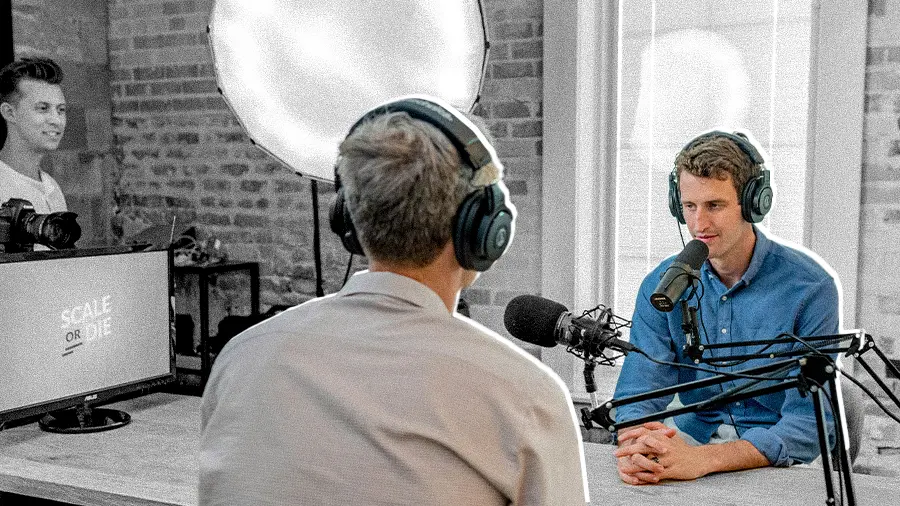A buyer-led demand for measurable proof is forcing an evolution in ad-tech, pushing sellers to deliver more sophisticated tools for tracking performance. Advertisers are no longer content to buy potential reach. Instead, they want hard evidence of return on investment. This shift is profoundly reshaping every corner of the media landscape, particularly the world of podcast advertising.
We spoke with Nick Gryniewicz, Vice President at the podcast representation firm True Native Media. With a background in radio, Gryniewicz has experienced both the traditional world of broadcast advertising and the emerging, data-driven frontier of podcasting. For him, the ad-tech transformation is driven directly by a new era of buyer expectations.
- Buyers lead the way: "It started with the advertiser's desire for more information. From there, whatever the demand was, we on the sales side have had to adjust and develop the ad tech in order to give them what they want." This new accountability is a world away from the intuition-based metrics of his early career, Gryniewicz explains.
- Power of the pixel: Contrasting the old approach with the concrete results now required by direct-response advertisers, customer action is the primary measure of success. "I come from a radio background, which was like licking your finger to test the wind," he says. "You were left with a vague sense that maybe it worked, but you had no real idea. In podcasting, we use pixel tracking. We know exactly whether or not you went to the website, put anything in your cart, and whether or not you actually checked out and converted that listener into an actual sale."
Once accountability became the standard, Gryniewicz explains, advertisers began to demand something else: flexibility. The need to pivot strategy quickly helped fuel the adoption of technologies like dynamic ad insertion (DAI). YouTube's recent move to DAI for creators signals a broader industry trend toward an ecosystem retooling for speed. "If you put an order in on Monday and something changes on Wednesday, they wanna have the flexibility to make an adjustment on Thursday." However, despite the focus on technology, Gryniewicz explains that podcasting’s core value comes from a place that data alone can't replicate. He believes it's vital to understand the unique, human-centric strengths of the medium—the very elements that need to be protected as automation and AI grow.
- Human influence: "The relationship between the audience and the host is the true essence of influencer media," he says. "Because of that bond, a host-read testimonial and that host-read endorsement, I think it resonates much more." Looking at the use of AI in podcast advertising, Gryniewicz doesn't want to lose this human influence, but the potential for sales applications is high. "AI is going to help us be more efficient as salespeople, and from a buyer and advertiser standpoint, I think AI is going to help them identify the right opportunities."
For Gryniewicz, this highlights that even with perfect data, the human element remains a key variable. He believes a significant source of friction in the industry today is a failure of communication. Many partnerships fall short, he says, because of a poor feedback loop—a problem that can be more damaging than any technological shortcoming. "There needs to be an open understanding that we're trying to find something that works for everybody. The brand needs to see the results, and on the other side, the seller needs to understand what metrics we need to hit."
The path forward isn't a choice between human intuition and tech, but a synthesis of the two, Gryniewicz concludes. The biggest successes often come from trusting human instinct to find opportunities outside the Venn diagram of a buyer's request. As he sees it, the future lies in using technology to enhance this creativity—helping salespeople discover more unexpected connections and scaling the kind of human intuition that algorithms can't yet replicate.

